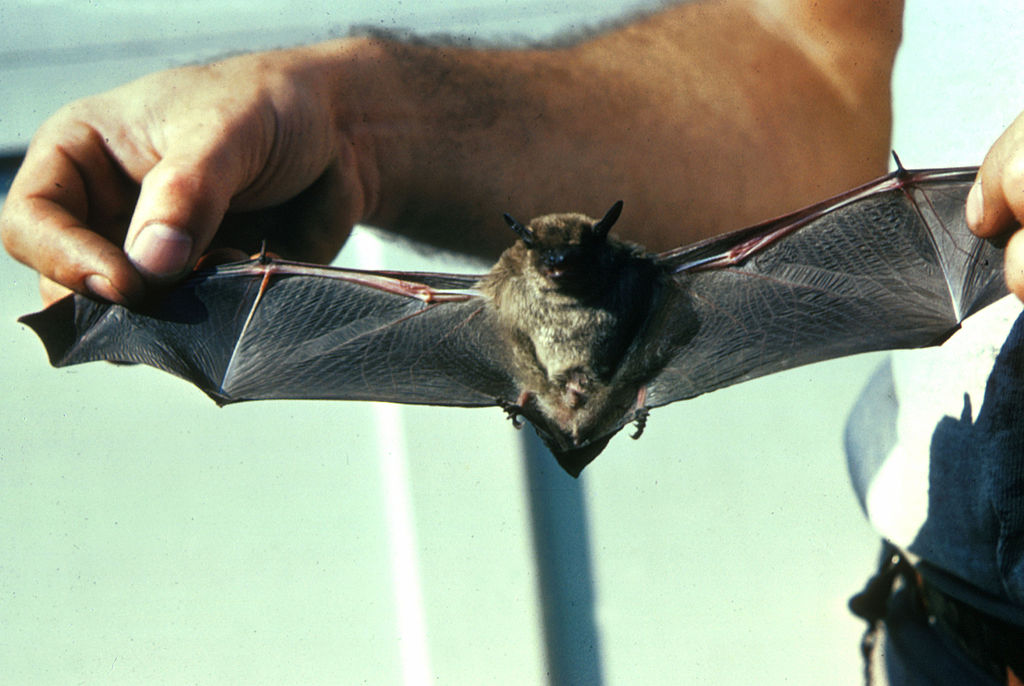If you’ve gone this long without hearing the endless news stories and constant complaints from tenants and homeowners about bedbugs, you must have been living under a rock.
A lot of fuss has been made about these tricky insects as bedbugs have a rightly-earned reputation as difficult-to-kill nuisances.
Many reasons are cited for the recent bed bug explosion: increased international travel, increased number of people renting furniture, the uptick in people relying on used clothing items, and of course, the intensifying effects of global climate change.
But what about the almost identical-looking bat bug?
Bugs vs Bat Bugs are very closely related; without a microscope, bed bugs and bat bugs look the same.
“The sole discernible difference is that bat bugs have longer thoracic hair than bed bugs,” says Nancy Troyano, PhD, BCE.
The trick to identifying a bat bug is by recognizing first that you have a bat issue.
Once the little brown bat issue is dealt with, the bug issue can be tackled.
It is very important to remember that bats are the catalyst and not the cause of the problem.
Bats, possibly due to their nocturnal nature and secretive ways, have been widely mistrusted and feared.
Bats are natural, effective pest control specialists — but their portrayal in popular media has led to their vilification.
The truth is that almost all North American bats are insect feeders, catching their prey while in flight or plucking them from vegetation.
Many people would likely be surprised to learn that a bat can consume more than its body weight in insects in a single night.
Thus, it is very important to find a pest control company who will remove bats from your property without harming them.
Bat bugs do not live on bats; they reside where bats live.
They come out of hiding to feed on sleeping bats and then sneak away to cracks and crevices.
The most important thing to remember is that, unlike bed bugs vs bat bugs, these will feed on humans only if there are no bats around.
This typically happens when homeowners have removed the bats from their homes, likely from the attic or voids in walls, but have failed to contact the right pest control company.
Our professional technicians will always test for bat bugs after removing the bats themselves.
The good news is that although bat bugs will feed on humans, they will not be able to reproduce on that food source.
So usually they can be removed with one effective pest control treatment.
Most people are familiar with bed bugs or dust mites, so when you find ourselves bitten by annoying little insects, most of you will think to treat the area to get rid of those insects.
Inferior pest control companies usually treat an infested area with insecticides, believing that will end the infestation.
A properly trained pest control technician — like one of those employed by Power Pest Control — will be sure to identify the species before insisting on a removal plan.
Controlling bat bugs involves targeting the roosting bats as they are the original source of the bat bug, which means that exclusion or removal of the bats will ultimately lead to the death of the bat bugs as they will have lost their hosts.
Even if all the bats have been excluded and the site is now officially “bat-free,” there is still a likelihood that “bat bugs” are lurking in the corners, behind the wallpaper and picture frames, in the carpets, or possibly in bedding—searching for a new source of nourishment.
This source may end up being human tenants or their pets, so make sure to contact our bat-bug and bedbug specialists here at Power Pest Control, who will take proper steps to ensure your comfort and safety.
A pest control specialist should exclude the bats from the property, have the bat guano cleaned up so as to remove the source of smell and the histoplasmosis spores, have the area immediately treated for bat mites, and finally protect the bedding with allergy- or mite-control bedding.
The pros at Power Pest control are on hand to do all of the above.
Contact us for a free quote if you live in the Greater Toronto Area .
